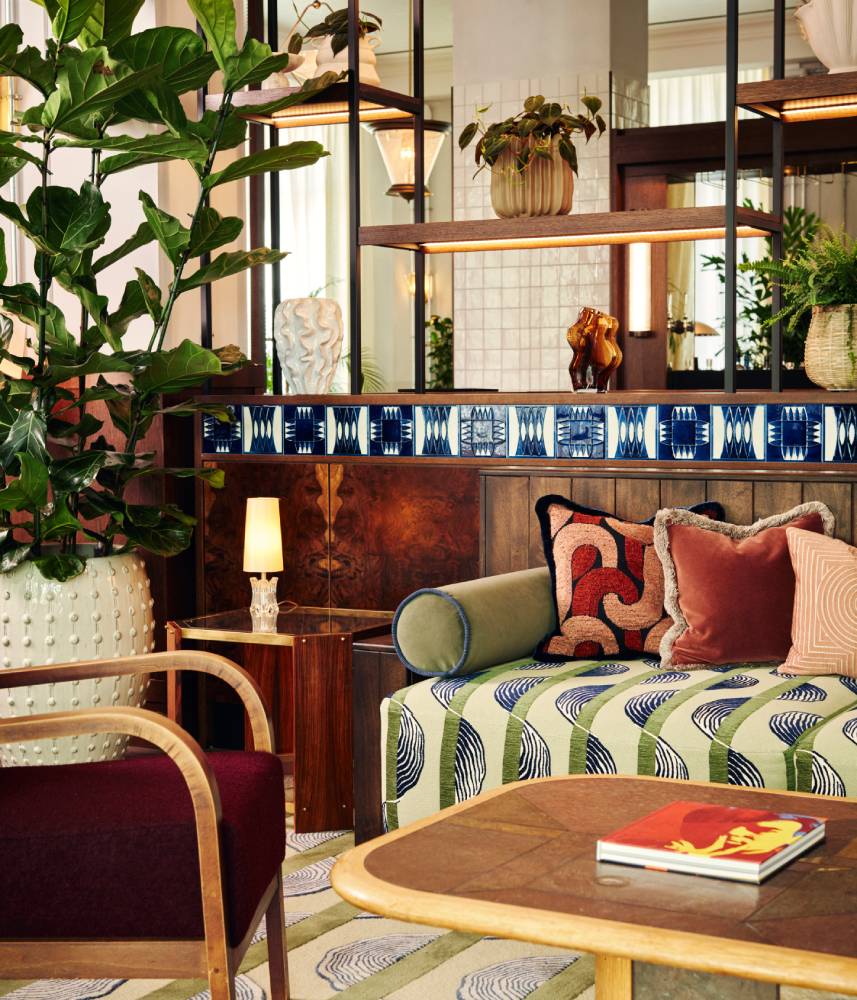Mix Roundtable: How can we nurture community and collaboration?
In this Mix Roundtable with Autex Acoustics, we discuss how knowledge sharing and working in partnership could be the future of design.
Feature in partnership with Autex Acoustics
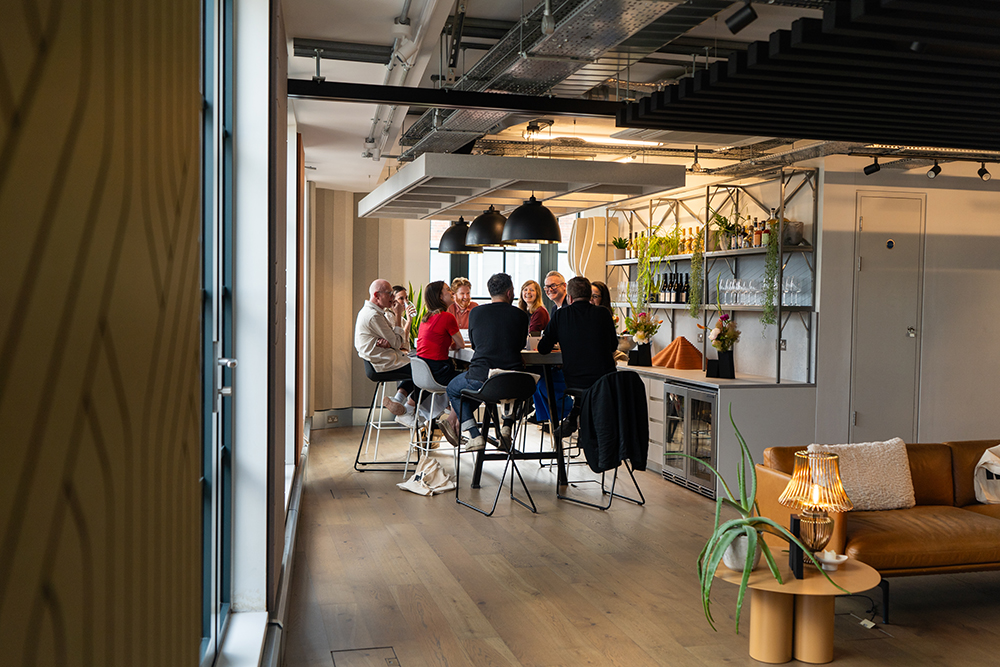
See the highlights
Meet our guests
This article first appeared in Mix Interiors #233
Words and moderated by: Harry McKinley
In this Mix Roundtable with Autex Acoustics, we discuss what it means to successfully work in partnership, ask how knowledge sharing could help find new solutions to present challenges and explore if evolved ways of working — which prioritise diverse perspectives — could be the future of design.
Building community starts at ‘home.’
Collaboration is the bedrock of commercial interior design. To deploy an old adage, every project, large or small, requires ‘a village’. Beyond the fruitful collaboration of client and designer, there’s the myriad partners required to take concept to reality – from product suppliers to creative consultants.
Our assembled collective of industry experts similarly represent immense diversity, from architectural practices and interior design studios, to a coworking brand and a manufacturer (in host Autex Acoustics), but they all agreed that the ability to meaningfully collaborate starts with building productive community internally.
“The community that we have within our practice is the foundation of how we do good work,” opened Barr Gazetas’ Tina Williams. “Our ability to share ideas is what enables us to then go on a journey with the external project team – developing and refining as we go.”
For David Bishop, Loop Interiors, fostering trust is vital, as he continued: “If we create psychological transparency amongst the team, we make people feel relaxed, trusted and empowered to do their best work. Everyone can have a voice, no one is right or wrong and everyone’s opinion can be valued; healthy debate something constructive.”
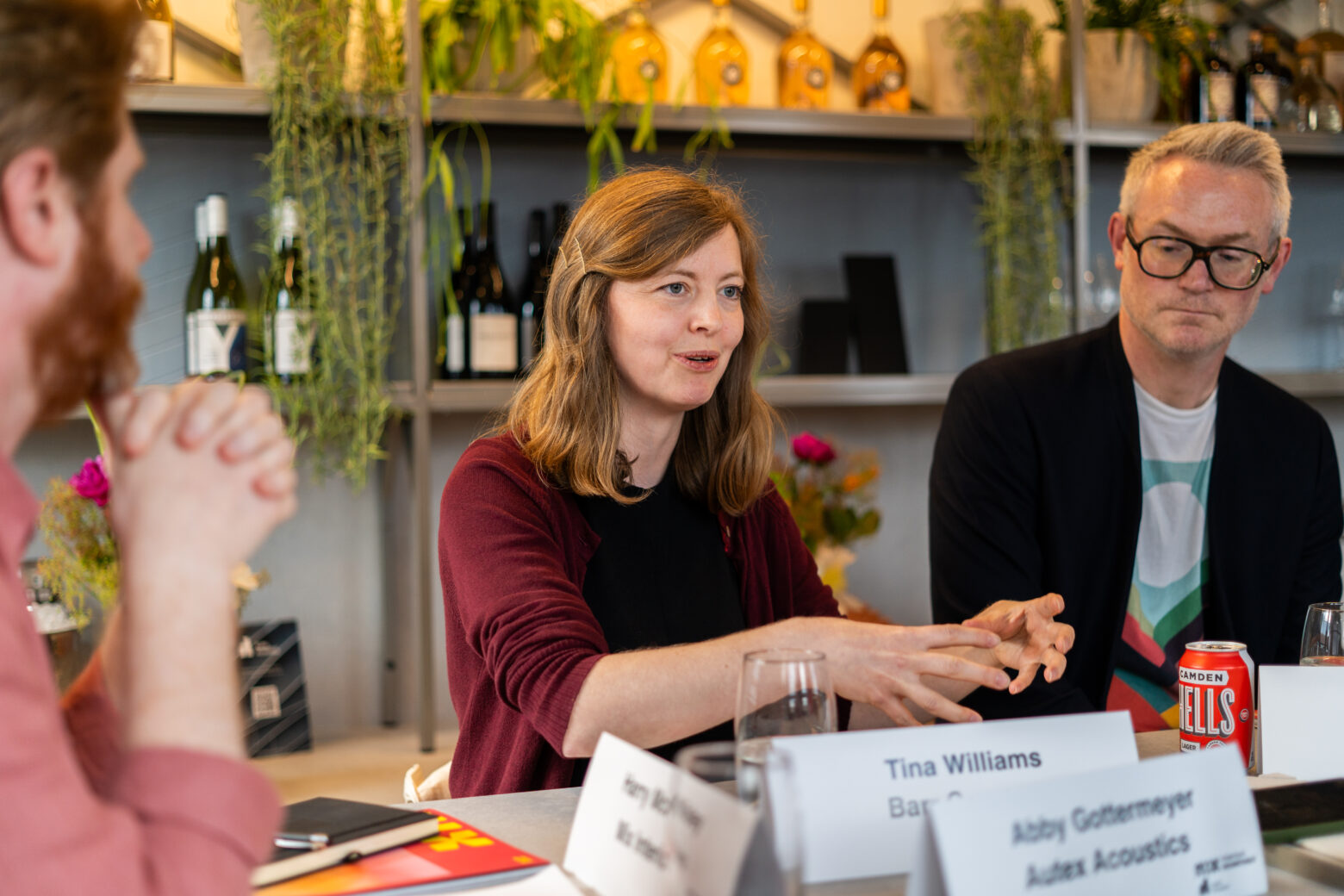
The design industry’s ability allow multiple perspectives to be addressed – to seek out and include diversity of thought – is its greatest strength, stressed Gensler’s Alexandra Fuente; as The Office Group and Fora’s Guy Smith explained that it’s part of the process by which one “sucks up everything and filters it into a workable idea that can be tested.” Censorship, he suggested, is anathema to creativity, and it’s incumbent on any business within design to make room for a range of viewpoints.
“If we trust each other internally then we’re better able to gain trust from client teams, as a collaborator,” explained Peldon Rose’s Russell Glover. “When we practice collaborating as a studio across weeks, months and years – and get great at it – we inspire confidence in clients.”
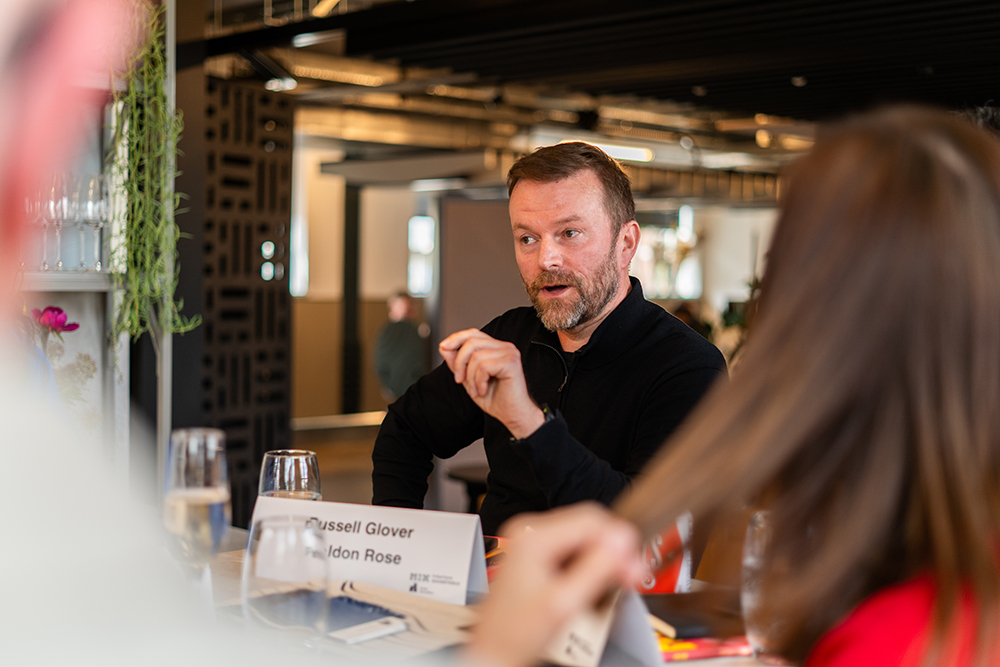
Valuing diverse input is great, but does collaboration need structure and purpose?
Our table all agreed that collaboration is good; building trust amongst teams important. But the fault lines begin to show when it comes to defining exactly what collaboration means in practice and the extent to which creative idealism must be balanced with professional pragmatism.
Glover relishes a loose, open method, even it means that things may occasionally get out of control. “Because doesn’t that mean we’re doing something special together” he mused, “or getting to a place we didn’t expect to? There are always days to be more focused, but a day of sharing ideas is never a day wasted because it’s how we avoid creating something pedestrian.”
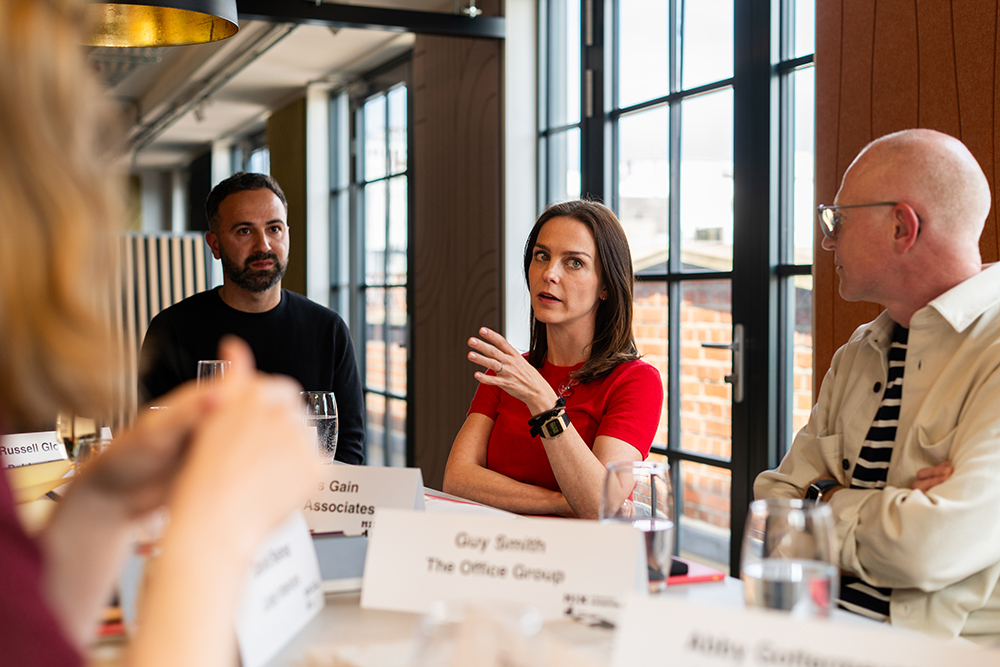
M Moser’s Frances Gain sees things through a slightly different lens and emphasised the need for parameters: “Collaboration works when there are boundaries and we recognise we have to get to a place of clarity. Brainstorming is great, but it has to be on the basis of heading towards a specific goal and, crucially, it has to end! It’s fine to be inclusive and creative, but we need to be razor focused on what we’re trying to get out of the process. Ultimately, we need to deliver something by a certain time and within certain expectations. And while all ideas are valid, it’s helpful to have some structure around roles and input, because perhaps a total democracy isn’t the best way to get to that place of clarity. Plus, the buck has to stop with someone and accountability is an important element of any project.”
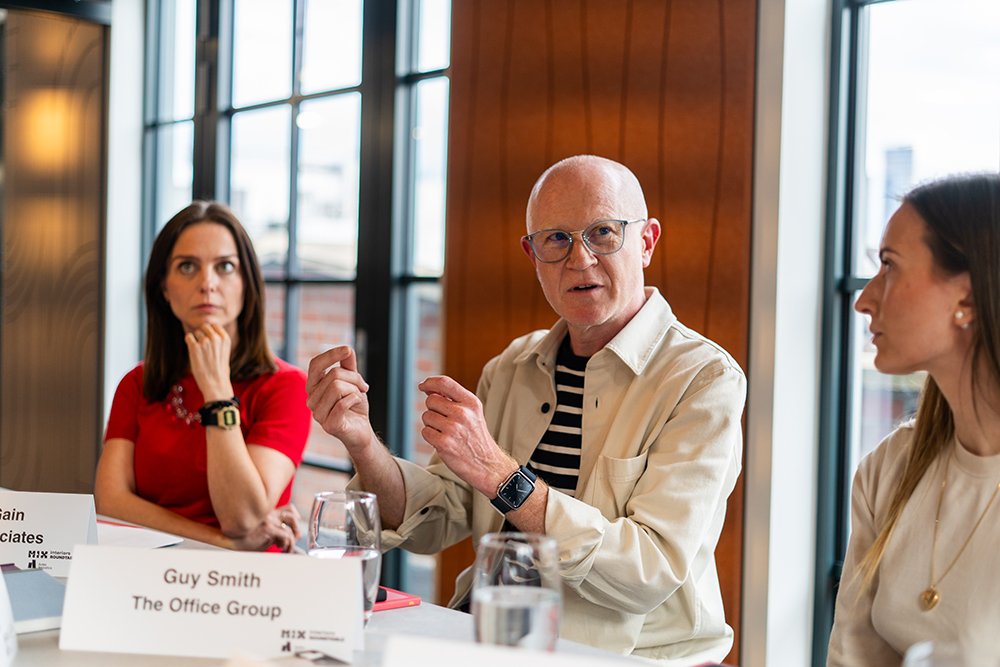
All ideas are equal, but some are more equal than others.
“To use a slightly hackneyed phrase, all ideas are ideal, but some are more equal than others,” joked Smith on the process of designing collectively. “Design by committee tends to see the edges knocked off and you end up with a kind of bland, amorphous lump of an experience.”
It’s here that i/o atelier’s Mehdi Jelokhani posited that successful collaboration isn’t necessarily about democracy or equality, but in recognising that diverse teams benefit from diverse skillsets, and sometimes it’s about leaning on those with the most expertise or experience.
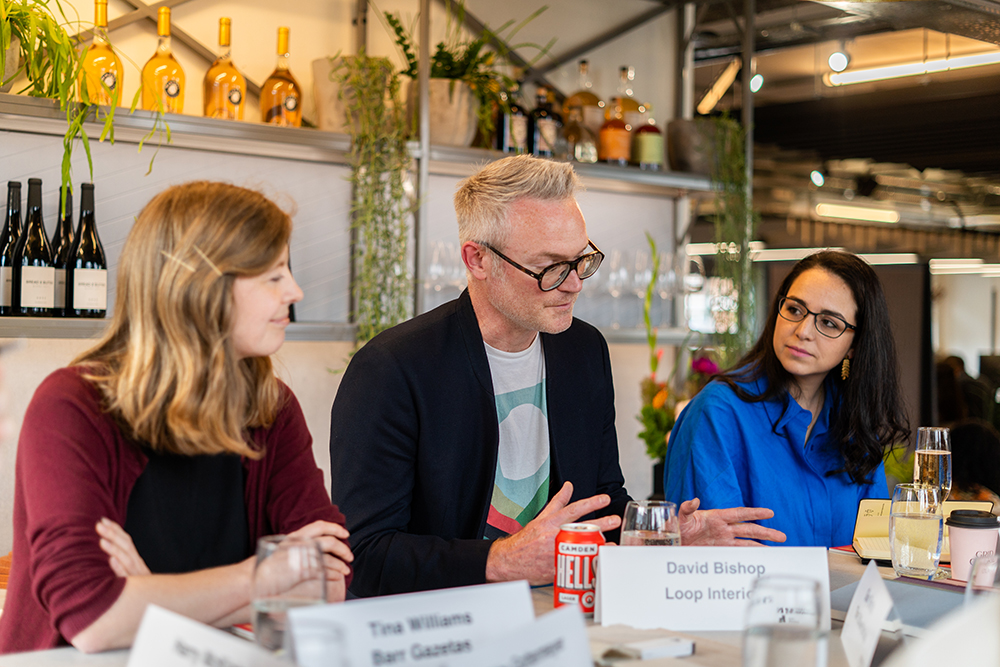
“There’s value in the consensual approach of agreeing together who the best person for a particular piece of the puzzle is, or to input on something – in terms of their skill level and their passion areas. The ideal scenario is a diverse team that knows when to default to the opinion of a particular party, depending on what’s being discussed. It doesn’t have to be that everyone has to come up with the ‘wow’ concept. The concept could have materials, could have the story, involve research; it could have many different elements. I think it’s how you divide and conquer to create a cohesive whole.”
For Jelokhani, approaching collaboration this way also means nurturing and educating the team, taking the time to explain the logic of why one idea may champion over another; why an idea may be broadly good, but not the right solution for a brief. This, he explained, is how you ensure everyone’s voice is heard and maintain respect and trust.
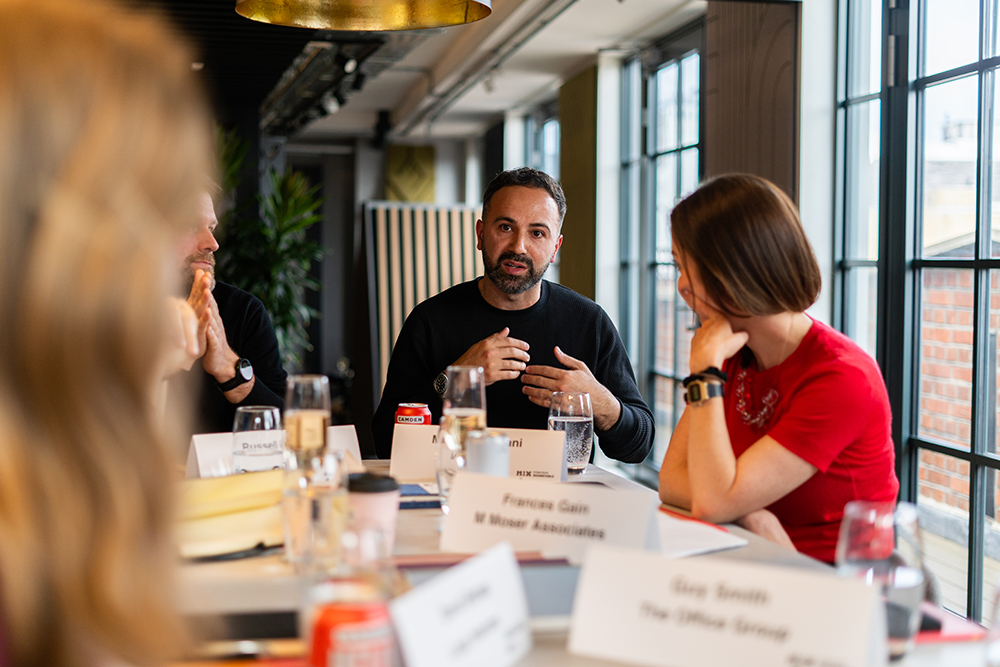
Collaborating with clients and partners requires careful calibration and solid communication.
“You have to be clear from the outset: are you driving or are you the passenger?” That’s the key lesson Fuente has learnt from a career built on productive collaboration and, by extension, effective communication. In any professional relationship, she attested, either one partner is giving direction (in which case it needs to be clear and have a defined scope), or they’re receiving it, in which case it’s vital to understand “what the final outcome needs to be, what constitutes success and how that will be measured.”
Briefs, she explained, can change and expectations can change. Designers need to be able to get to the heart of what someone wants or doesn’t want.
“We all know the feeling sometimes that we’re expected to read minds,” she noted, light heartedly, “but that isn’t always the fault of another party. The responsibility sits with us all to make sure we’re on the same page. Someone might be unsure, they might be unclear. Learning to ask the right questions is also a part of collaboration. That, and taking minutes is helpful!”
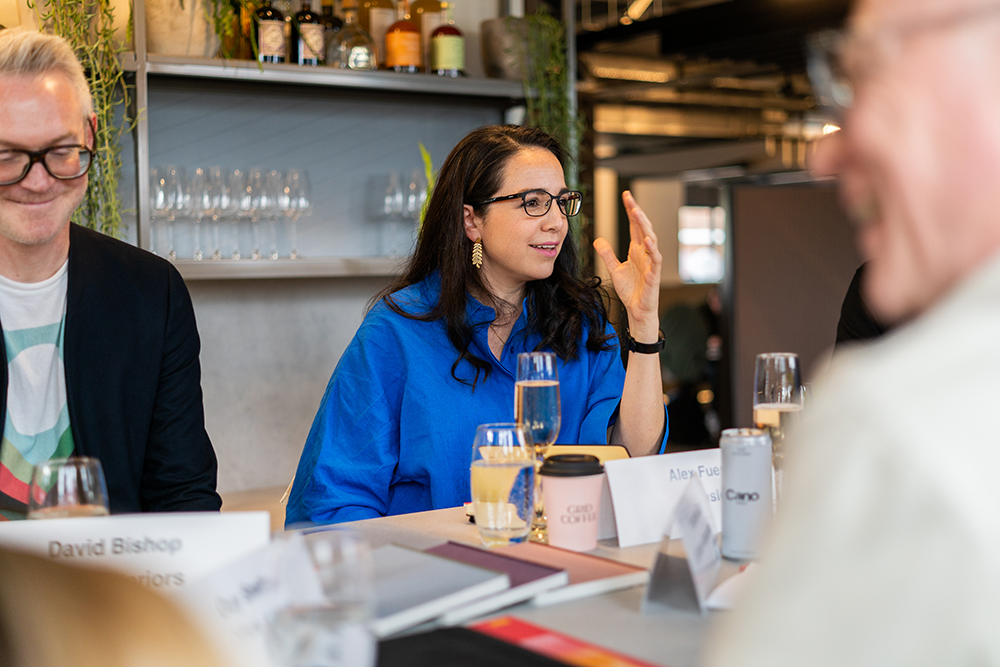
Autex Acoustics’ Abby Gottermeyer is also a strong proponent of open, forthright communication. Ultimately, she explained, her role rests on her ability to understand a client’s needs and their vision for a project – so, simply, she can deliver it to them, ensuring there’s an outcome that precisely meets the brief.
“The information that trickles down is crucial for us,” she detailed. “It comes back to good information sharing and making sure that we understand your specification and what constitutes a satisfying outcome. We’re here to be a good partner and find solutions; to work with designers. Of course, projects can change or flex and we can adapt to that, but sometimes product suppliers are not the first to learn about those changes. That can create issues down the line. So there’s really a case for ensuring we’re always in a meaningful dialogue with each other. Equally, we’re always happy to start conversations as early as possible in the design process, as that allows us to work with designers in coming up with those solutions. Mehdi mentioned making use of those with the right expertise and we are, after all, experts in acoustics.”
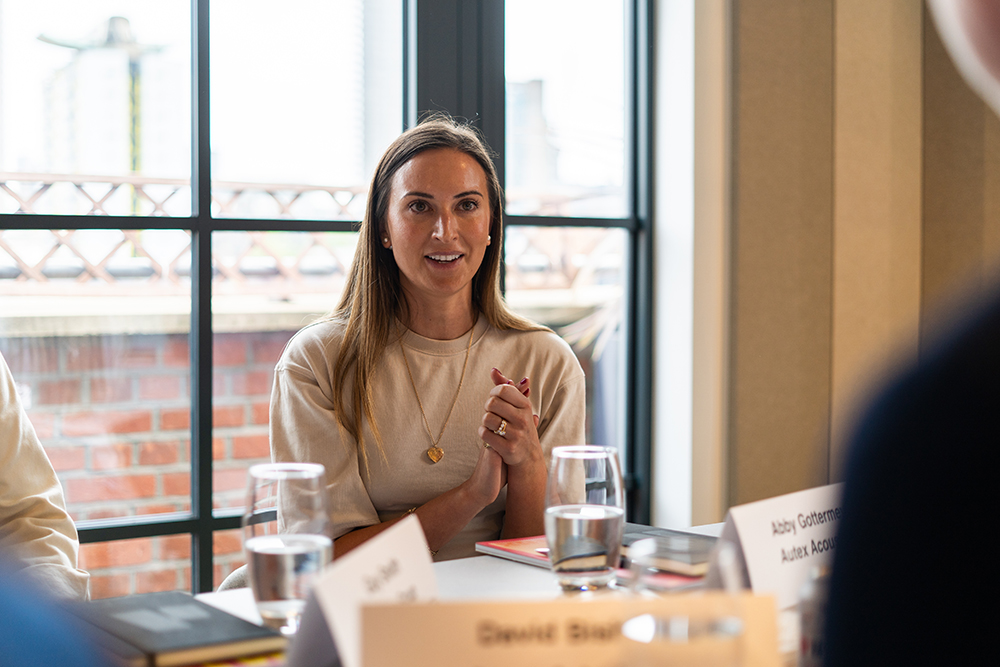
Design studios collaborating with each other would require a radical change of mindsets.
Where collaboration gets murky and contentious is when considering how practices themselves might work together. There’s consensus that, for now, there isn’t enough knowledge sharing; not enough opportunity for peers to discuss shared challenges or learn from one another. It’s an area that our leaders feel needs development. “Take sustainability,” suggested Williams, “that’s an area in which we should all be able to come together to tackle those challenges. There’s no reason why we couldn’t be doing that.”
Collaborating on projects? There, there was less consensus on the table. For Smith, multiple studios working together would be a boon for clients as they would benefit from more perspectives. For Gain, however, there are inherent problems in what would be a new way of looking at project development: “Instead of collaborating with people you know, whose culture and tone you know, you’ve now got a quasi-competitor collaborator. You’ve got to learn their way of doing things, whereas within a team you build more trust with every project.”
“You need to invest time to develop a great collaboration,” continued Glover, working to a positive final note. “But isn’t collaboration amazing? Working with other people? Surely we can all agree there’s nothing better than that.”

